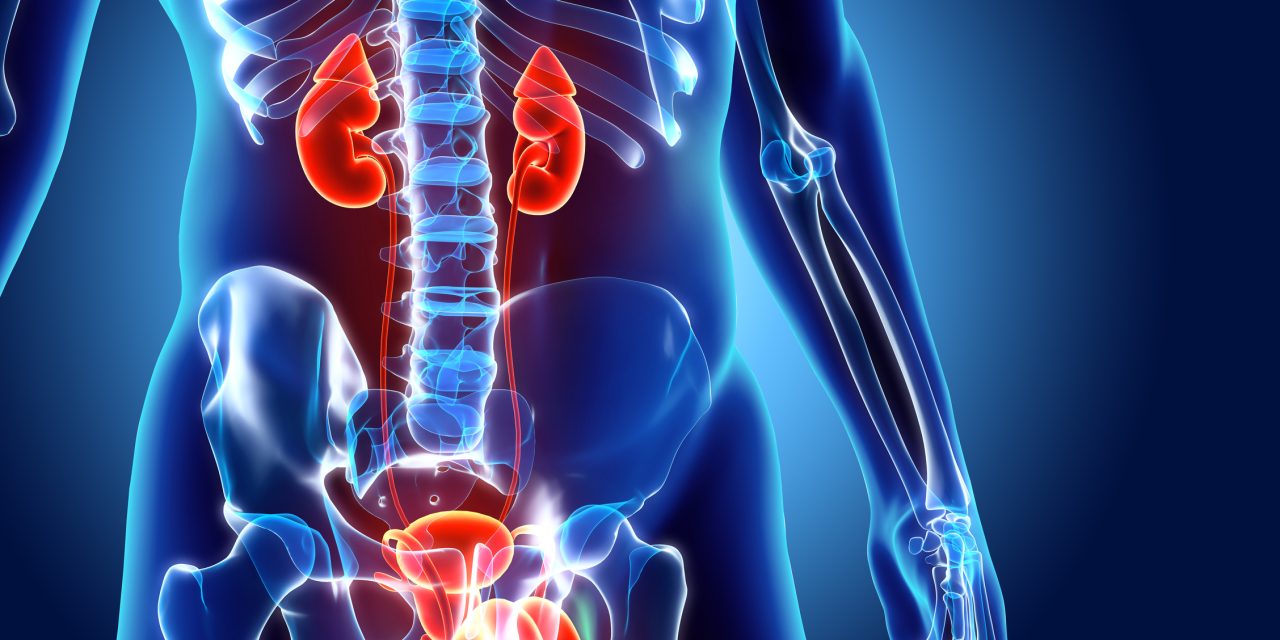The importance of imaging in the diagnosis and treatment of reproductive problems was highlighted for this study. The role of pelvic ultrasonography (the US, including sonohysterography and contrast-enhanced hysterosalpingosonography), hysterosalpingography (HSG), and magnetic resonance imaging (MRI) of the female reproductive tract were highlighted as additional information that imaging studies contributed to reproductive medicine. In addition, the effects of hereditary causes of infertility on the female urinary system were discussed.
While the main focus of infertility examination in women was to determine ovulation by serum hormone levels, imaging was also utilized to determine other reasons for infertility. The creation of a complete single imaging study for the evaluation of female reproductive problems was the focus of recent research for the sector.
MR hysterosalpingography and Fertiliscan, a combination of high-quality 3D ultrasound and hysterosalpingo-foam-sonography to measure tubal patency, are two suggested approaches, albeit additional study is needed to identify the dangers and advantages of each technology, as well as their reliability.
Reference:link.springer.com/article/10.1007/s11934-019-0942-0


